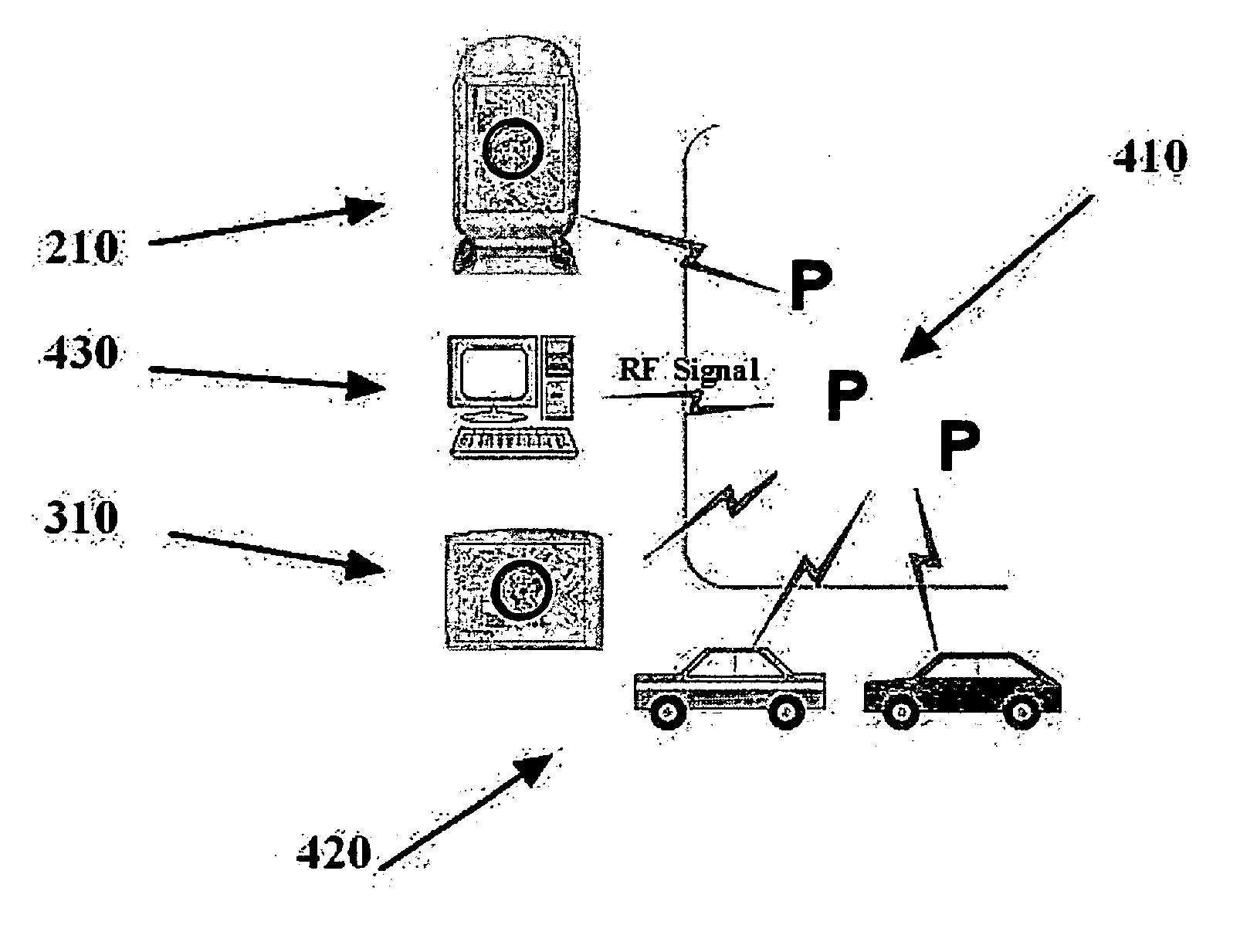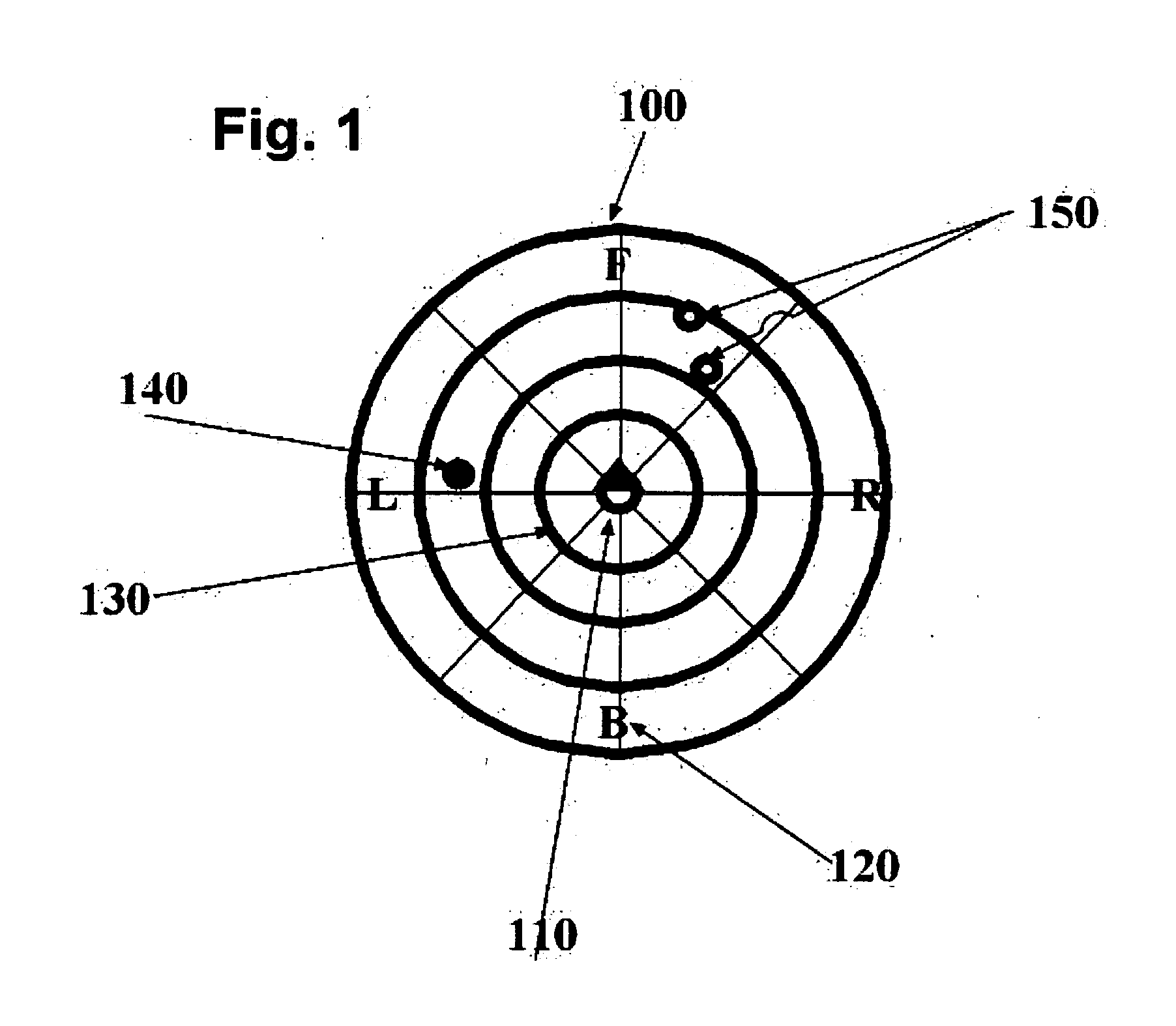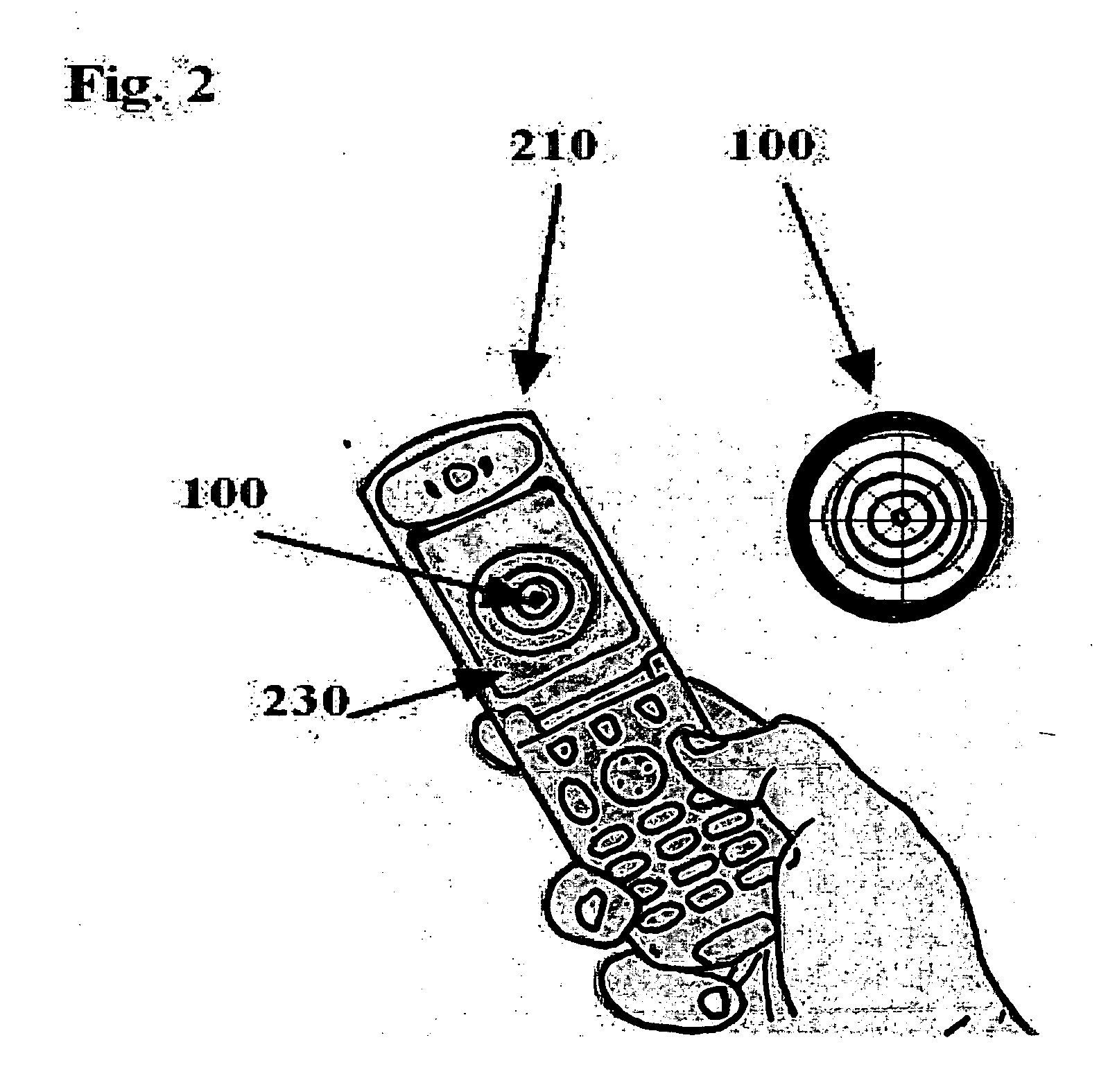Parking detector - a system and method for detecting and navigating to empty parking spaces utilizing a cellular phone application
a technology of parking detector and cellular phone application, applied in the direction of road vehicle traffic control, vehicle components, instruments, etc., can solve the problems of driver still, vehicle operator on a fruitless quest, prior art systems of only limited help to vehicle operators
- Summary
- Abstract
- Description
- Claims
- Application Information
AI Technical Summary
Benefits of technology
Problems solved by technology
Method used
Image
Examples
Embodiment Construction
[0131] In all the figures of the drawings, sub-features and integral parts that correspond to one another bear the same reference symbol.
[0132] Referring now to the drawings in detail and first particularly to FIGS. 1-5 thereof.
[0133] These figures illustrate the method and system to detect and navigate to empty parking spaces utilizing our application on a cellular phone.
[0134] Referring to FIG. 1 This shows the real-time floating overlay omni-directional circular display, 100. This feature is superior to the GPS based systems and the existing mapping systems that are only accurate to within several hundred feet.
[0135] The user will have easy way to determine the distance and the direction to the available parking spaces without GPS or any mapping.
[0136] The available parking spaces will be displayed inside the graphical real-time omni-directional circular display in such way that the user will intuitively determine the distance and the direction to the empty parking spaces.
[...
PUM
 Login to View More
Login to View More Abstract
Description
Claims
Application Information
 Login to View More
Login to View More - R&D
- Intellectual Property
- Life Sciences
- Materials
- Tech Scout
- Unparalleled Data Quality
- Higher Quality Content
- 60% Fewer Hallucinations
Browse by: Latest US Patents, China's latest patents, Technical Efficacy Thesaurus, Application Domain, Technology Topic, Popular Technical Reports.
© 2025 PatSnap. All rights reserved.Legal|Privacy policy|Modern Slavery Act Transparency Statement|Sitemap|About US| Contact US: help@patsnap.com



